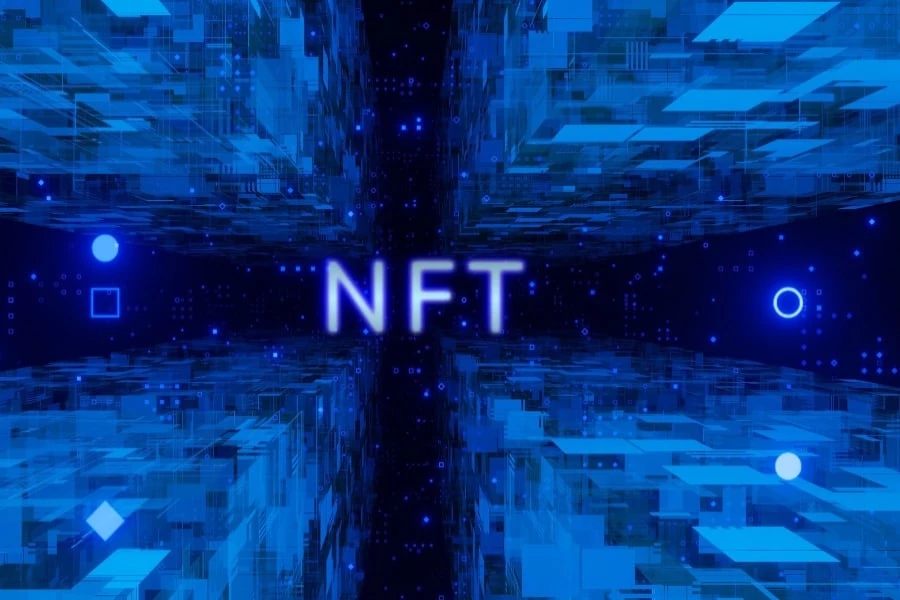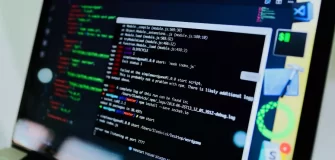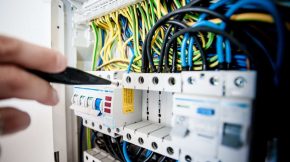How To Create An NFT Marketplace: 5 Steps
Share
OpenSea is the most famous, profitable, and powerful trading platform offering an easy and secure way to trade NFTs. At the beginning of 2022, experts valued the NFT marketplace at $13 billion. OpenSea’s monthly revenue is $2.5 billion. Agree, these are impressive numbers, but they can become your reality.
Our mission is to give you an excellent informational start and effective advice on implementing the NFT platform. In this article, we have prepared an ultimate guide to NFT marketplace development, which will answer questions not raised in other instructions. We will also explain how the NFT marketplace works and what benefits you will get.
What Is The NFT Marketplace And How Does It Work?
To begin with, let’s define what the concept of NFT means. Experts of this site, leaders in creating NFT marketplaces, have developed a simple definition of NFT. A non-fungible token (NFT) is a data unit operating on a blockchain. It is a title of ownership on various digital objects: texts, images, audio recordings, digital art products, game items or characters, domain names, etc.
Also, it would help if you understood “how does NFT work” before we move on to the main topic of the section. NFTs are traditionally created by uploading files to the auction, such as digital illustrations. The system makes an entry containing a reference to the cryptographic hash of the digital file representing the NFT. The tokens can then be purchased in cryptocurrency and resold.
With the help of NFT, developers have solved the problem of securing ownership of digital objects. Information about the owner and his tokens is fixed in the blockchain: it is impossible to replace or delete data.
Unlike Bitcoin or Ethereum, you cannot directly trade non-fungible tokens on regular cryptocurrency exchanges. To buy and sell NFTs, you need dedicated trading platforms that allow you to issue, hold, and trade non-fungible tokens.
Such platforms are called NFT marketplaces. They generate NFTs using special smart contracts that add unique information to each such token and prescribe its main parameters. After that, non-fungible tokens can be bought and sold on the site at a fixed price or through auctions.
Benefits Of NFTs
Even though NFTs are a relatively new concept, some facts prove a promising future for the NFT market:
- Rapid growth. According to experts, the global NFT market is worth about $3 billion as of 2022. Such rapid growth proves that the market is in a frenzy, and now is the best time to jump into this car.
- Millennials are more likely to buy NFTs. Millennials are twice as likely as Generation Z to collect physical items and three times more likely to buy and sell NFTs, according to Morning Consult research. Thus, your target audience covers different ages.
- Large turnovers. If we go back to our OpenSea example, we find that there are 250,000 users trading on the platform daily and generating $3 billion in monthly revenue for the platform. Therefore, you will achieve good profits if you do NFT marketplace development.
An Ultimate Guide To NFT Marketplace Development
Before you start building your own NFT marketplace, take some time to think about the concept, features, and benefits of your offering. You have to stand out among hundreds of similar sites.
How well you define your niche will determine how well you can satisfy the needs of your target audience. Having a clear goal is the key to success. If you are confident in your idea, it’s time to act!
Choose a Blockchain Architecture
The first step is the most difficult in the entire NFT marketplace process, and for a good reason. The choice of blockchain technology for your NFT marketplace will affect many other parts of your enterprise.
You can choose existing blockchain technologies, for example, the widely used Ethereum, Solana, Polygon, or Cardano. By selecting this path, be prepared for severe costs. Integration with these existing blockchains is complicated, and you will need expert advice, whose services can cost from $50,000. In addition, after the initial integration, each transaction (NFT sale) will incur costs. In the NFT space, such a deal is called a “Gas Fee.”
However, you can go the other way – you can implement your blockchain architecture. At the same time, it is essential to understand that establishing trust between the platform and the user will be complex since only some people trust newcomers. In other words, a self-made architecture does not offer the same safeguards against third parties accessing and modifying blockchain records.
It would help if you considered all risks. If you are confident that your new blockchain architecture will be successfully adopted by the public, feel free to move in this direction. If you have even the slightest doubt, contact an expert.
Define Market Type
The second step is the choice between an open or closed NFT marketplace. The closed NFT marketplace will use a specific proprietary token; the open NFT marketplace will support a wide range of tokens.
An example of an open NFT marketplace is OpenSea, which you already know. Currently, OpenSea supports over 150 types of payment tokens.
The main advantage of the open NFT marketplace is that anyone can create an account, list their products, and set any price. This type of marketplace establishes a sort of supply and demand-pricing model. Also, on an open NFT marketplace, buyers do not have to worry about NFT compatibility with a specific blockchain when buying or selling digital assets.
Choose Your Style
Once you’ve decided on the blockchain architecture and market type, it’s time to move on to the front end of things. By this term, we mean your market’s UI/UX design.
At this stage, answers to the following questions will help:
- What kind of experience do you want to provide to the user?
- What will the homepage of your NFT marketplace look like?
- How will you display your NFTs?
Whatever you decide, make sure the design is comfortable and straightforward.
Choose a Monetization Model
Once your NFT marketplace has a user-friendly design, easy navigation, and functions properly, it’s time to decide, “What will I charge?”
Think about what kind of monetization model you want to implement and how you will implement it. Be competitive: set low charge fees. Users can easily switch to another provider if they find better deals. Think through your values, along with quality NFTs and strong security.
Create a Community
As we have already mentioned, you must keep your face in front of your competitors. Focus on communicating with your customers and creating a community.
Once your marketplace is up and running and filled with exclusive work, consider giving new customers access to a private club. You can share helpful information and unique offers and encourage users to purchase there. You can also use traditional social channels: Instagram, Facebook, Twitter, etc.
Conclusion
Now that you’ve seen the basic NFT marketplace development solutions, it’s obvious that this is a long and complicated process, but it’s doable. It takes more effort than setting up an Etsy store or a Shopify account, but it has significantly more rewards. You should start by partnering with an existing market to get a feel for what works and doesn’t. You can launch your ideas only after you feel the weak and strong points. If you want to learn about NFTs, we recommend visiting nftnow.com and cryptonews.com. Platforms publish the latest events in the NFT world, valuable guides, and life hacks.

















